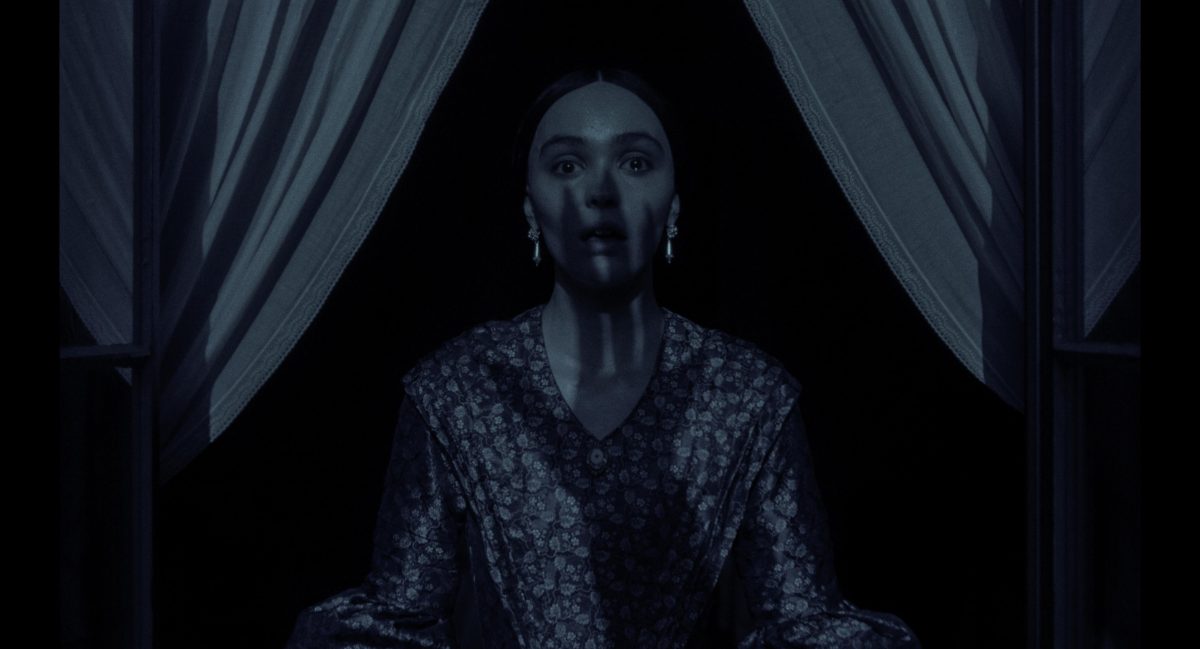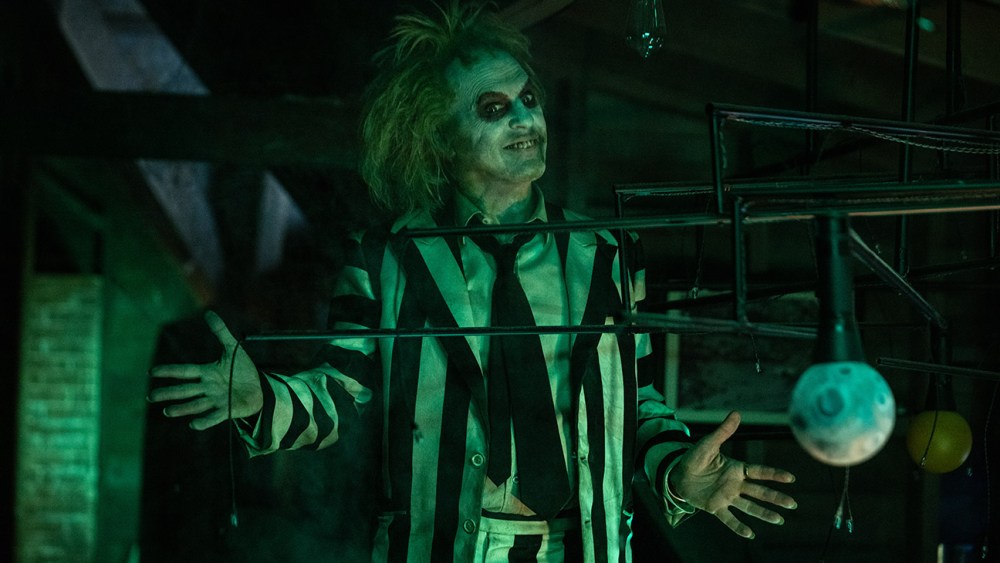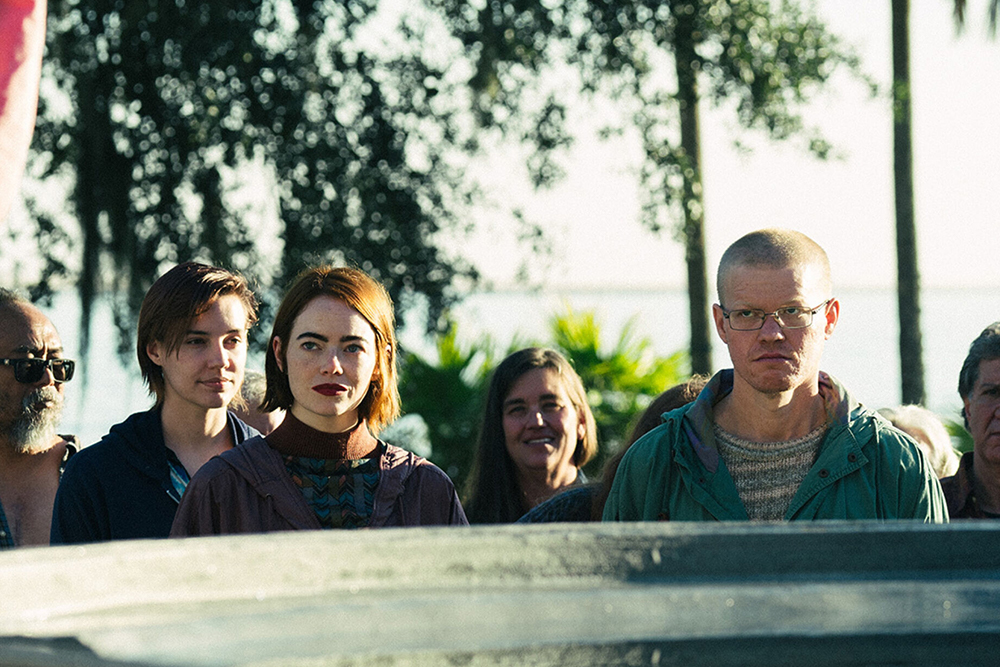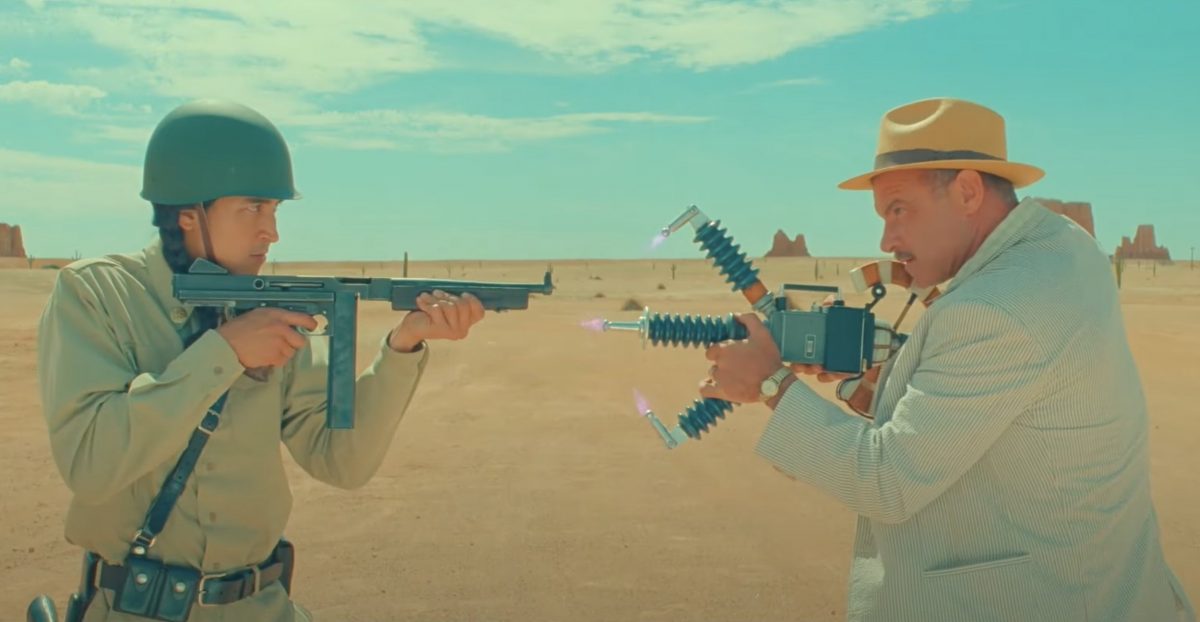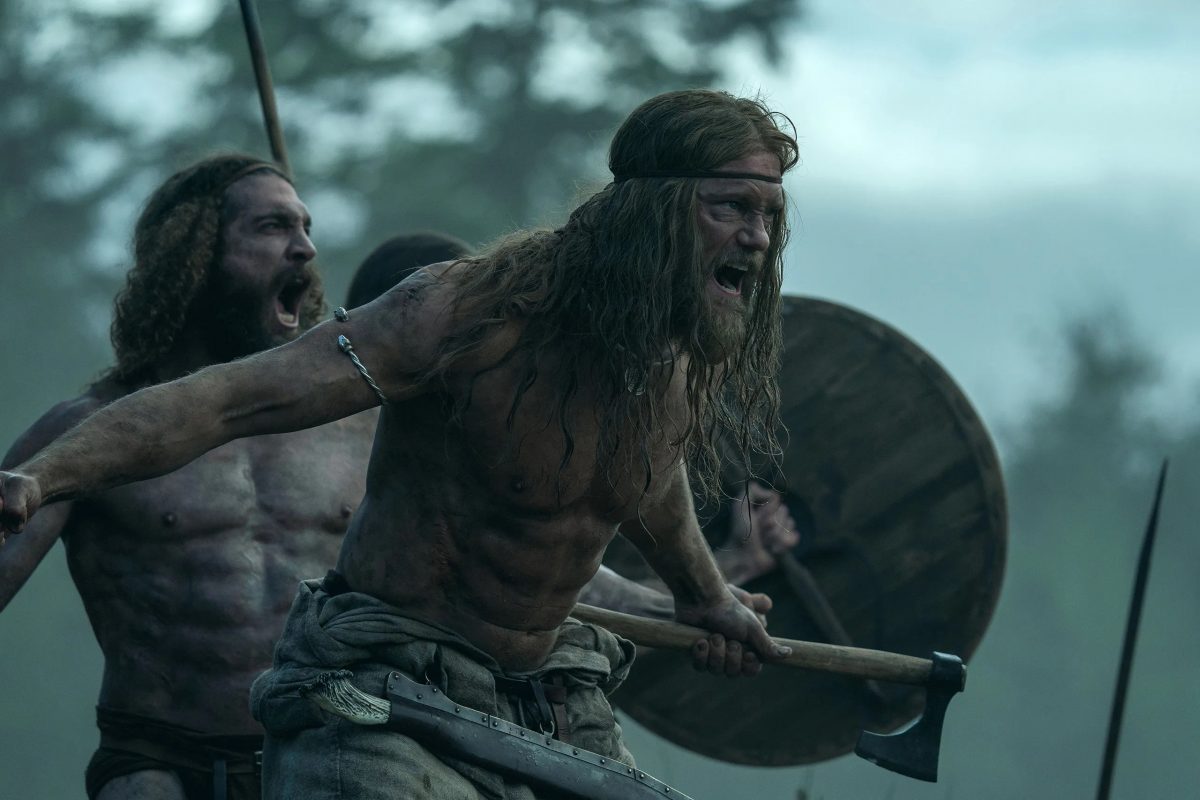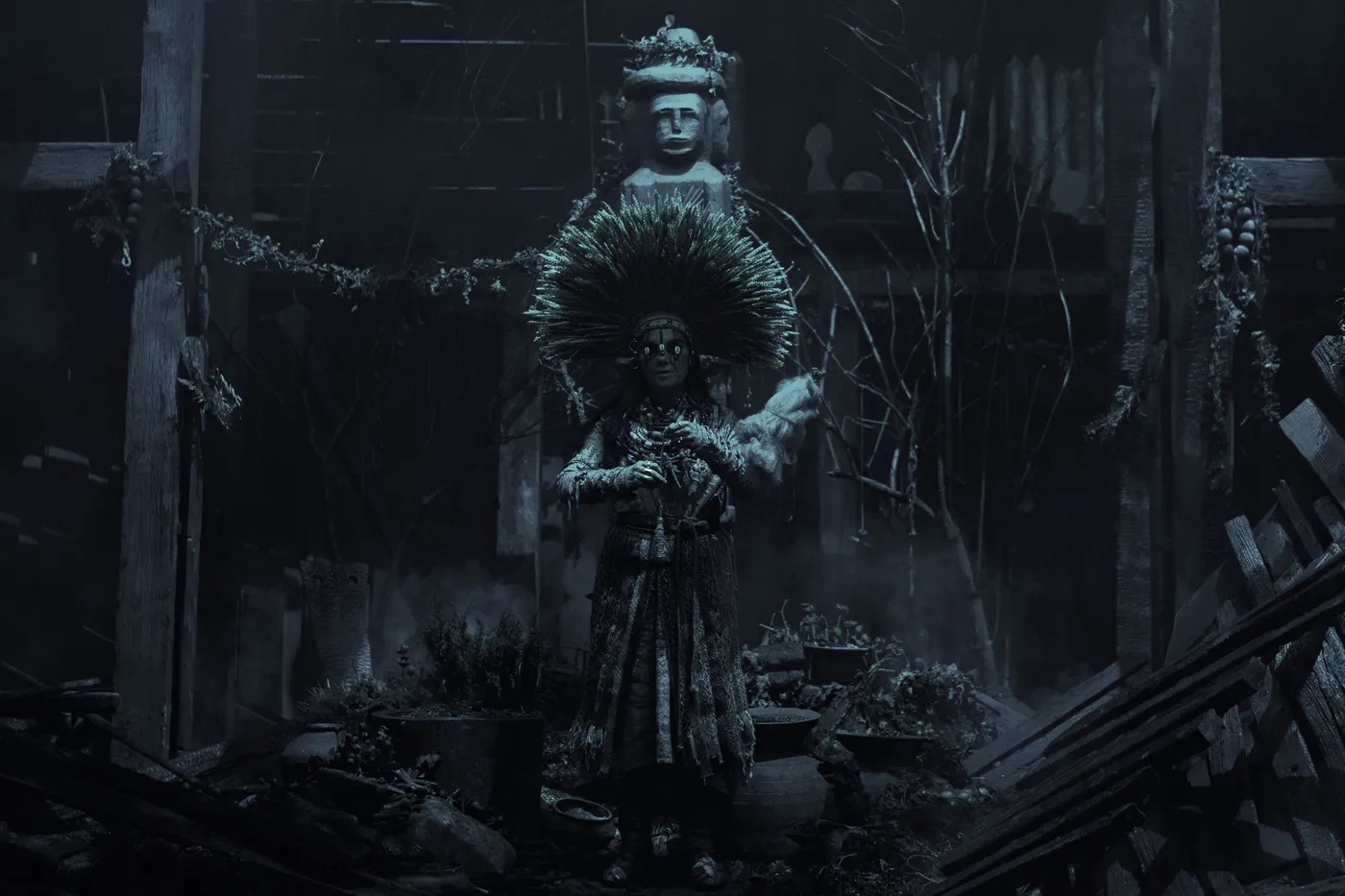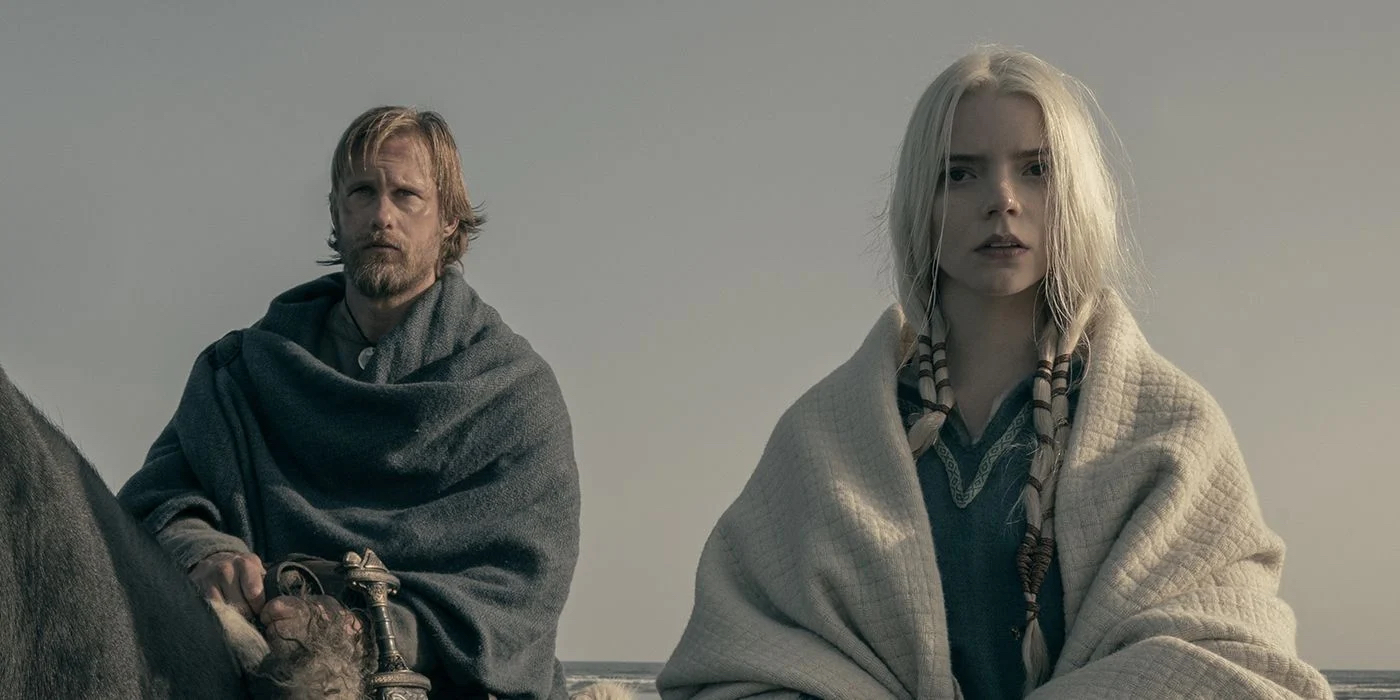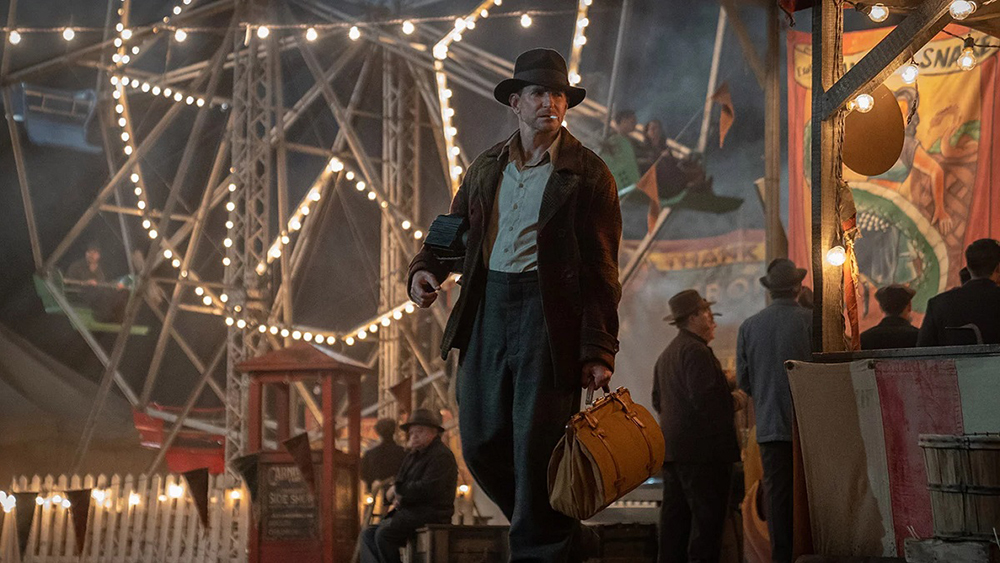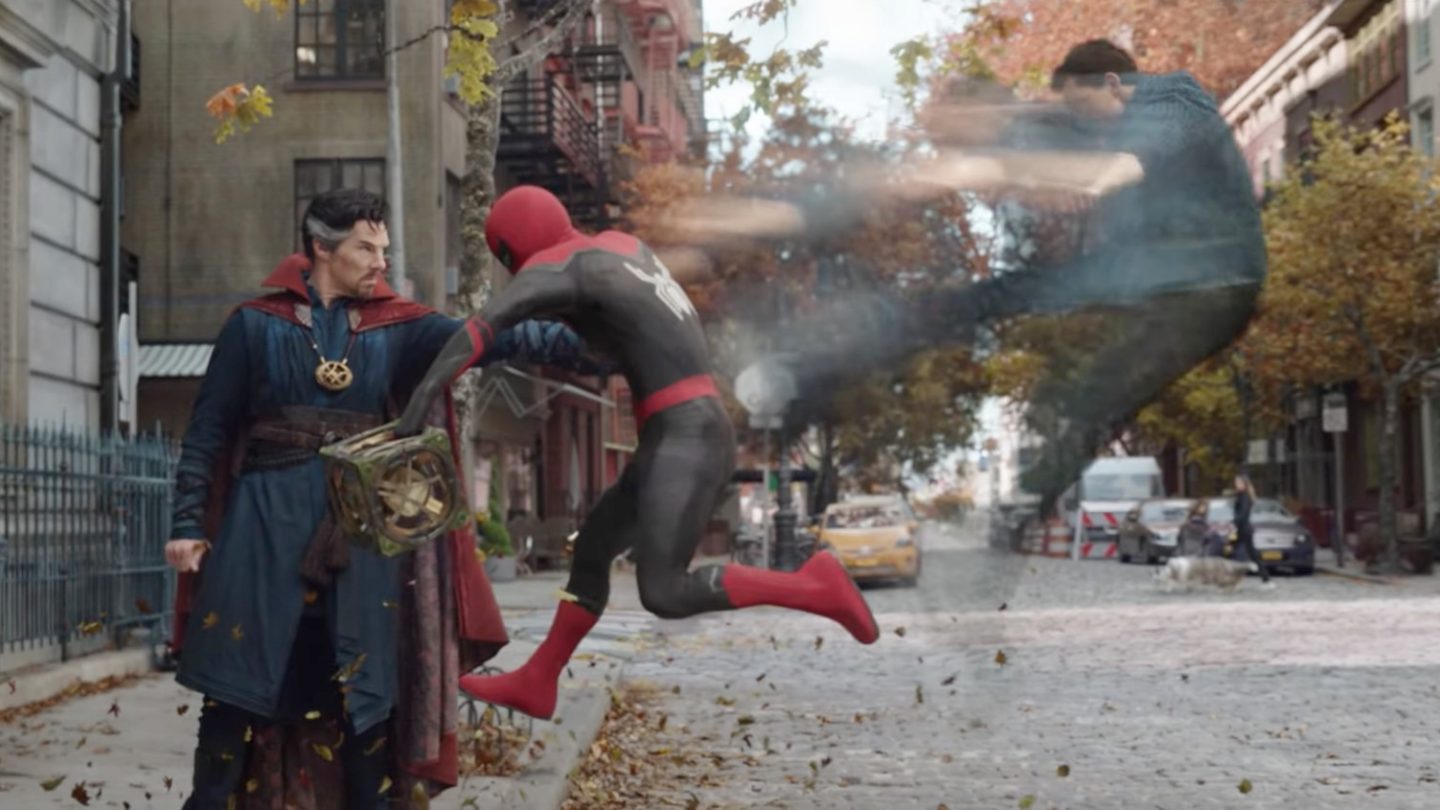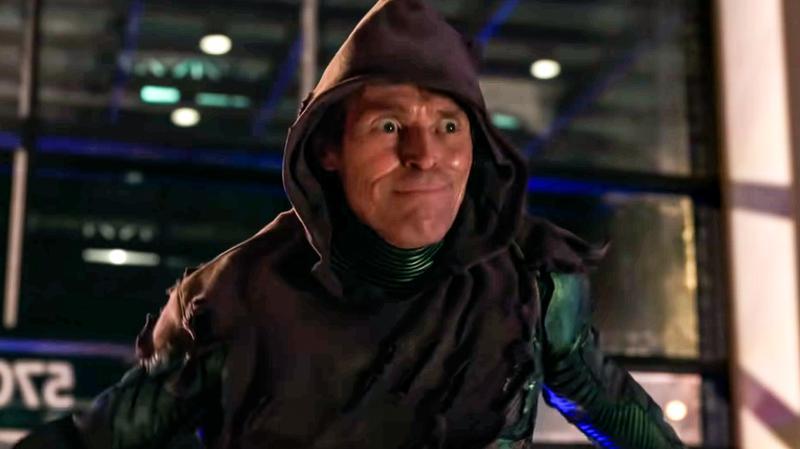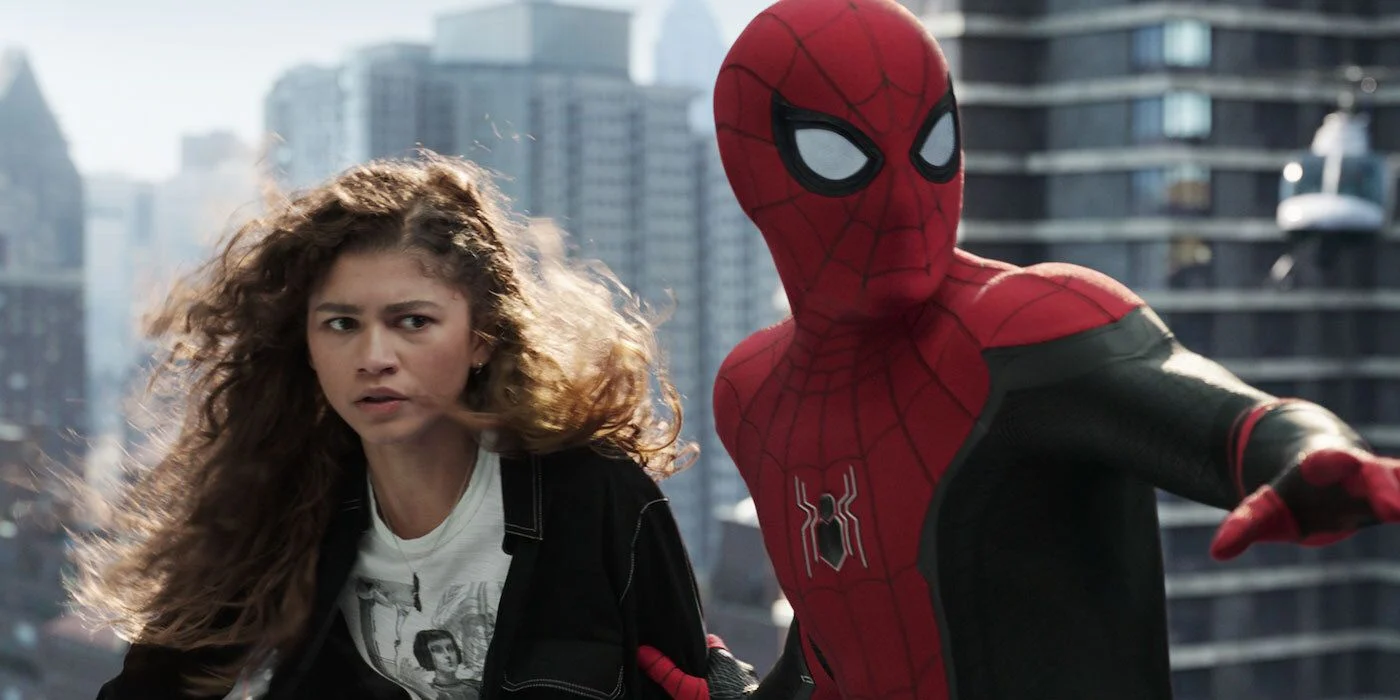The thing Robert Eggers does better than any other director is fully inhabiting the historic worlds of his films. His characters are not 21st-century humans wearing horned helmets plopped into a longboat. In The Northman, the pagan Vikings blame the Christians for a series of gruesome murders because “their god is a corpse nailed to a tree.” In his first film, The Witch, the devil stalking his Puritan settlers is real because it’s real to them — even as Eggers hints that the actual reason bad luck has befallen their settlement is that they suck at farming.
When he approached his long-gestating passion project, a remake of Nosferatu, he gravitated towards the source material, Bram Stoker’s 1897 novel Dracula. Eggers works in the high melodrama of vaudeville theater and silent film, challenging you to throw yourself fully into the gloom.
The original Nosferatu is a haunted film. Director F.W. Murnau and star Max Schreck had both spent time in the trenches of World War I. The German producers didn’t get permission from the English estate of Bram Stoker, and when the author’s widow successfully sued, the court ordered all copies of the film destroyed. Luckily, they missed a few, and Nosferatu became one of the founding documents of modern horror. It’s also one of the few works of art to deal with the 1918 influenza pandemic, as the appearance of the vampire Count Orlok in Berlin is accompanied by a mysterious plague.
Nosferatu follows the broad outline of Dracula, but with a few important exceptions. It begins with Ellen (Lily-Rose Depp), a teenager in early 19th-century Prussia, being visited by a mysterious spirit. After it leaves, she seems to have epileptic convulsions. Years later, Ellen is a respectable young woman married to Thomas (Nicholas Hoult), a real estate agent hustling for a promotion. Thomas is assigned to visit “a very old account” in the Transylvania’s Carpathian mountains. No one knows why Count Orlok (Bill Skarsgård) wants to buy the ruined mansion down the street from Thomas and Ellen, but they’ll take his money anyway.
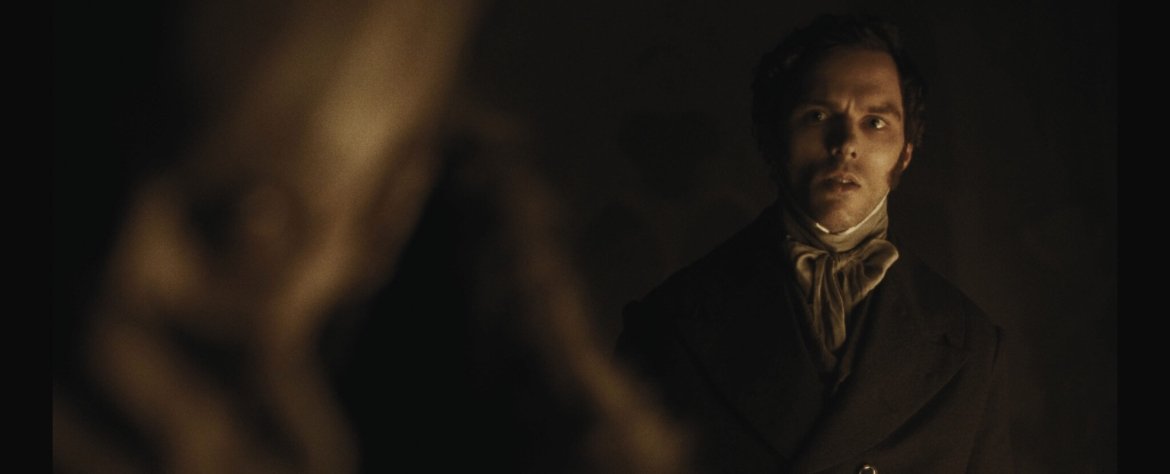
Once Thomas arrives in Transylvania, it becomes clear nothing is normal. The local Romani are on an active vampire hunt, and when they hear where Thomas is going, they rightly freak out. The count licks Thomas’ blood and makes him sign a document in a language he doesn’t understand. But even though that sounds like something a health insurance CEO would do, the mad alchemist Professor Albin Eberhart Von Franz (Willem Dafoe) rightly surmises that Count Orlok is a “nosferatu.” Once he has completed the real estate transaction and left Thomas for dead, the Count menaces an increasingly desperate Ellen, wanting to possess her body and her immortal soul.
Eggers plays all of this absolutely straight, as he has with all his movies. There is no winking to the camera. None of these characters have read Dracula, or seen What We Do in the Shadows, so every revelation of vampire lore is news to them. (The original Nosferatu, by the way, is the origin of the trope that vampires die when exposed to sunlight. Bram Stoker’s Dracula just didn’t like it.)
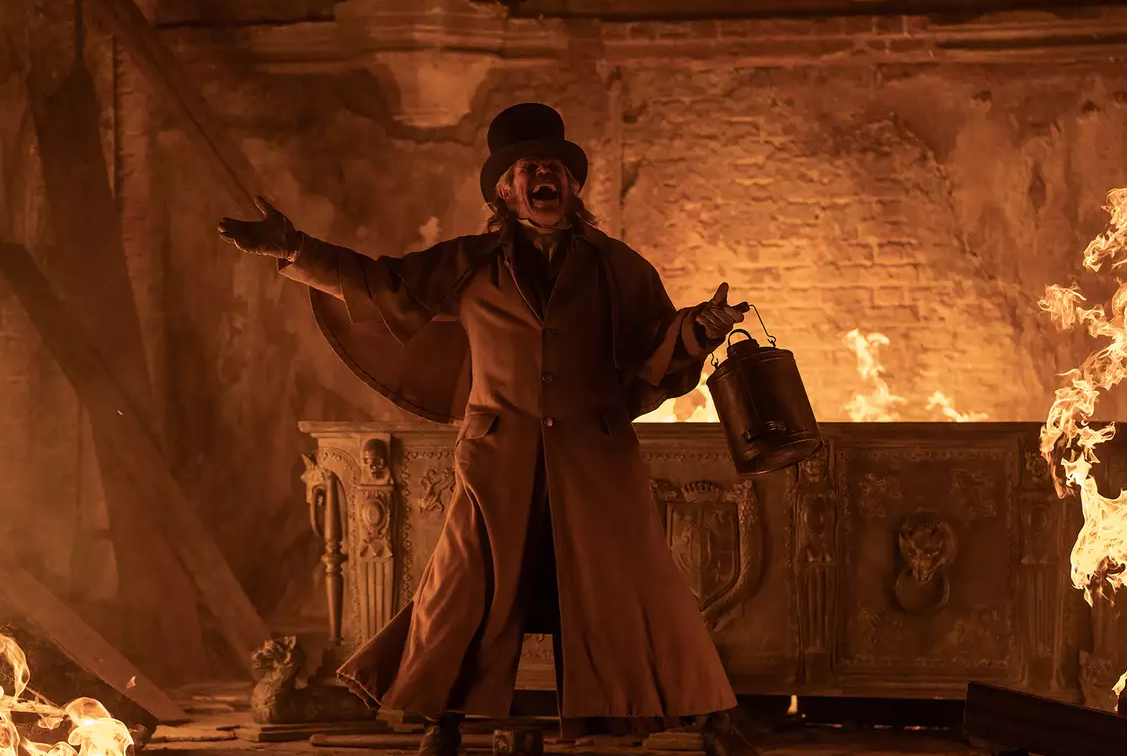
To describe Depp’s performance as “melodramatic” is a monstrous understatement. She goes full Linda Blair: shaking, foaming at the mouth, and performing a really impressive back bend while possessed with Count Orlok’s dark magic. Hoult equals her freak as the terrified husband trying to keep it together as he is faced with one mind-destroying horror after another. Dafoe pronounces every syllable like he’s driving a stake into the heart of a vampire.
The story starts out strong, but once Thomas and Orlok return to save/eat Ellen, the plot languishes in gothic ennui. Fortunately, Eggers drops one killer composition after another, so there’s always something incredible to look at onscreen. We never get the full picture of Count Orlok, who is always shaded in darkness, until the film’s extremely disturbing climax. It’s not a new observation to say that sex and death are always intertwined in horror, but few works have gone as far as Nosferatu in making the subtext so easy to read.
